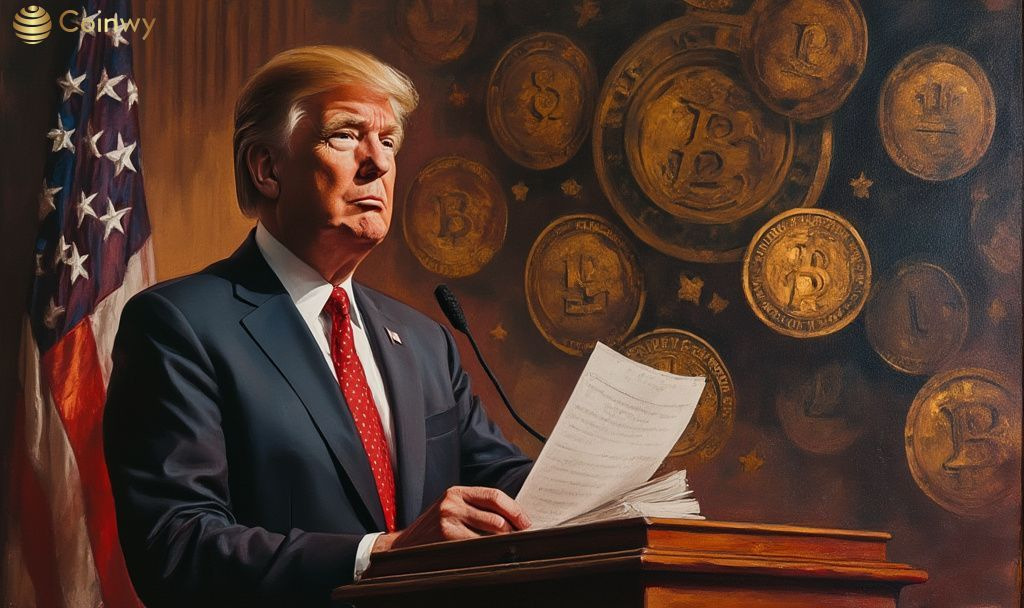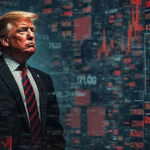- Main event, leadership changes, market impact, financial shifts, or expert insights.
- House Republicans draft new crypto regulation bill.
- Aims to clarify regulatory jurisdiction over digital assets.
In a move on May 5, 2025, House Republicans released a discussion draft of legislation intended to establish a federal framework for cryptocurrency regulation in the United States.
The release of this draft marks a significant step towards defining regulatory boundaries in the digital asset sector, potentially reshaping oversight and impacting market dynamics.
Key lawmakers like French Hill, Bryan Steil, and Glenn “G.T.” Thompson are leading this legislative effort. They aim to build upon progress from previous congressional sessions and seek public feedback. With the support of key figures, the bill focuses on consumer protection while fostering digital innovation.
French Hill, Chairman of the House Financial Services Committee, emphasized, “The discussion draft builds upon the bipartisan, bicameral progress made in the 118th Congress and offers a durable framework to protect consumers while maintaining the United States’ leadership in digital innovation.”
The draft seeks to clarify when digital assets fall under the jurisdiction of the SEC or CFTC. By defining terms such as “digital commodity” and “decentralized governance,” it provides a structured approach to regulation.
House Financial Services Committee Document on Recent Legislative Developments provides additional context on how this legislative effort aligns with broader regulatory goals.
Immediate impacts are expected to be felt across the blockchain and crypto markets. The institutional clarity could transform existing legal frameworks and establish a unified regulatory approach. Such a shift may influence industry practices and trading strategies.
The One-Pager on Dams from House Financial Services Committee delves into how the regulation addresses the management and oversight of digital asset markets.
The draft could reinvigorate discussions around the SEC and CFTC’s roles. It aims to prevent conflicting regulations and ensure investor protection through a cohesive framework. As discussions progress, stakeholder input will play a crucial role.
Analysts predict potential shifts in investment flows and market stability. Historical parallels with FIT21 highlight the anticipated regulatory scope and its influence on the crypto market landscape. As regulatory clarity emerges, industry players may adjust business models accordingly.






